
Acacia brachypoda, known colloquially as western wheatbelt wattle or Chinocup wattle, is an endangered species of Acacia restricted to a small locality in western Australia's wheatbelt.

Acacia ataxiphylla, commonly known as the large-fruited Tammin wattle, is a shrub belonging to the genus Acacia. It is native to Western Australia.

Acacia aprica, or blunt wattle, is a shrub belonging to the genus Acacia and the subgenus Juliflorae. It is native to the Wheatbelt region of Western Australia.
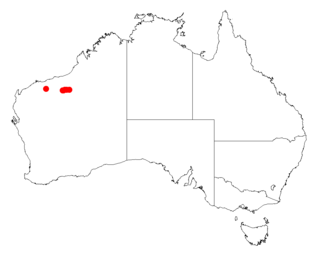
Acacia fecunda, commonly known as Mosquito Creek wattle, is a shrub belonging to the genus Acacia and the subgenus Juliflorae that is endemic to north western Australia.
Acacia gibsonii, commonly known as Gibson's wattle, is a shrub belonging to the genus Acacia and the subgenus Juliflorae.

Acacia ptychophylla is a shrub belonging to the genus Acacia and the subgenus Juliflorae the is endemic to arid areas of north western Australia.

Acacia rhodophloia, commonly known as minni ritchi or western red mulga, is a tree or shrub belonging to the genus Acacia and the subgenus Juliflorae that is endemic to a large area of arid central western Australia. The Indigenous group the Kurrama peoples know the plant as mantaru.

Acacia sibina is a tree or shrub belonging to the genus Acacia and the subgenus Juliflorae the is endemic to parts of western Australia.

Acacia symonii, also known commonly as Symon's wattle, is a tree or shrub belonging to the genus Acacia and the subgenus Juliflorae that is endemic to parts of arid central Australia.

Acacia xanthocarpa is a shrub belonging to the genus Acacia and the subgenus Juliflorae that is endemic to aris parts of western Australia.

Acacia horridula is a shrub belonging to the genus Acacia and the subgenus Phyllodineae that is endemic to south western Australia.

Acacia marramamba, commonly known as marramamba, is a shrub or tree belonging to the genus Acacia and the subgenus Phyllodineae that is endemic to arid parts of western Australia.

Acacia arrecta, commonly known as Yarnda Nyirra wattle or Fortescue wattle, is a shrub of the genus Acacia and the subgenus Plurinerves that is endemic to arid areas in north western Australia.

Acacia assimilis, also known as fine-leaf wodjil, is a shrub or tree of the genus Acacia and the subgenus Plurinerves that is endemic to an area in the south-west of Australia.

Acacia enervia is a shrub or tree of the genus Acacia and the subgenus Plurinerves that is endemic to an area of south western Australia.
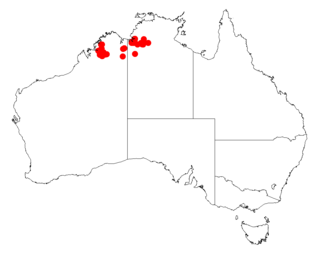
Acacia froggattii is a shrub of the genus Acacia and the subgenus Plurinerves that is endemic to an area in north western Australia
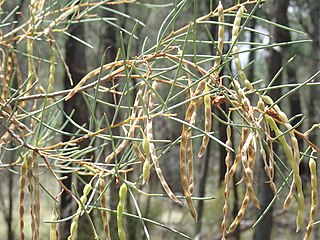
Acacia havilandiorum, also known as Haviland's wattle or needle wattle, is a shrub of the genus Acacia and the subgenus Plurinerves. It is native to areas in South Australia, New South Wales and Victoria.
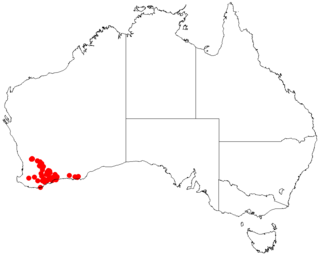
Acacia mimica is a shrub of the genus Acacia and the subgenus Plurinerves that is endemic to south western Australia.

Acacia confluens, commonly known as wyrilda, is a shrub belonging to the genus Acacia and the subgenus Phyllodineae that is endemic to central Australia.
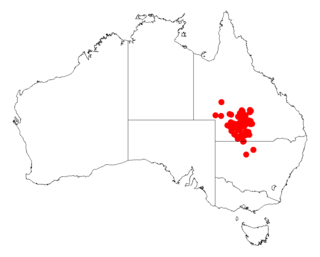
Acacia petraea, commonly known as lancewood, is a shrub or tree belonging to the genus Acacia and the subgenus Juliflorae that is native to north eastern Australia.




















